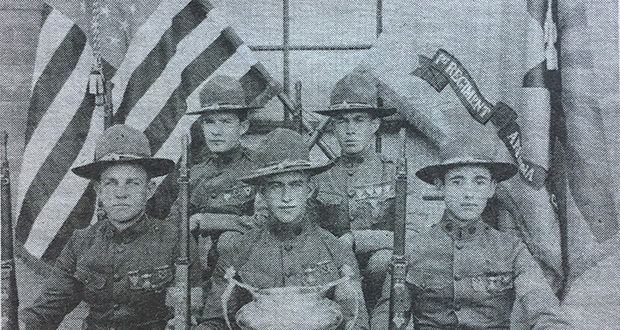The difference: six months, $10 million and 9,000 square miles
Arizona Capitol Reports Staff//April 20, 2007//[read_meter]
The difference: six months, $10 million and 9,000 square miles
Arizona Capitol Reports Staff//April 20, 2007//[read_meter]
James Gadsden Computers are great. A person can punch in a few words and become an instant expert on topics ranging from Aardvark to Zanzibar — sometimes. On the other...
No tags for this post.

















